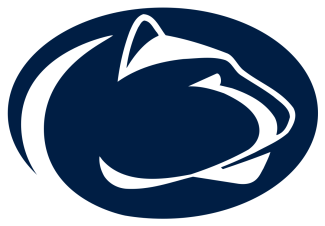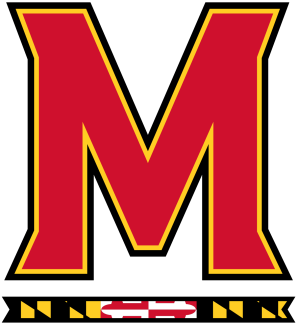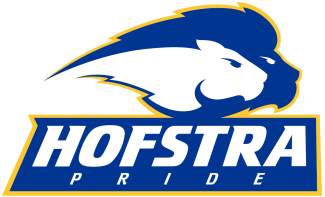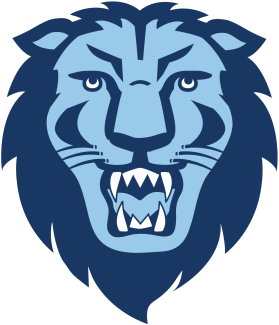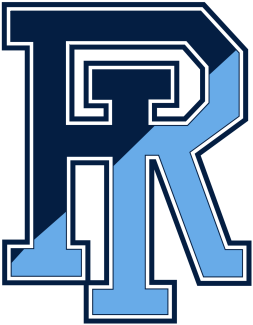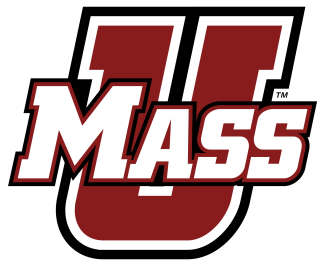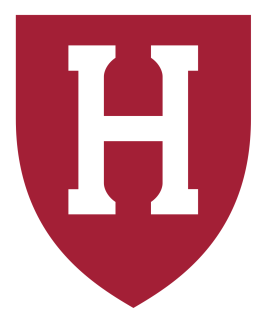March 14
Spencer Hughes’ Kobe Bryant tribute
Before the Bullis School squared off against DeMatha on March 12, junior midfielder Spencer Hughes told videographer Phillip Pham to make sure he was rolling if he scored. Pham was, and he captured one of the most memorable highlight goals of the year — in large part due to Hughes’ celebration when he revealed a vintage Kobe Bryant Lakers jersey underneath his pads.
Hughes asked Bullis coach Jeff Bellistri before the season if he could change his jersey number from 2 to 24 and decided to wear the Lakers jersey to honor Bryant, who died in a helicopter crash in Calabasas, Calif., on January 26. Hughes was initially hesitant to show off the tribute.
“Since it was possibly our last game, I had to do it,” he said.
Other noteworthy highlights that we couldn’t stop watching this year included Kevin Crowley’s improbable milestone goal, Stony Brook attacker Kailyn Hart’s BTB in the Carrier Dome, Lyle Thompson’s one-handed mastery and Josh Byrne’s between the legs “four-button combo.”
March 29
Lacrosse Companies, Athletes Mobilize in the Fight Against COVID-19
“You can take lacrosse out of the community, but you can’t take the community out of lacrosse,” US Lacrosse Magazine editor-in-chief Matt DaSilva wrote back in late March.
The COVID-19 pandemic highlighted that sense of community and willingness to help when various manufacturers shifted their efforts to produce protective equipment for those on the front lines of the coronavirus pandemic.
“It feels a lot like the World War II effort, all of these companies switching over to do what they can to help,” said Jerry Ragonese, co-founder of Pro Athletics, the Los Angeles-based sports uniform and apparel manufacturer. “I don’t look at it as being noble. It’s what the country needs to do in a time of need.”
Hear from more companies that took up the call here.
April 18
Jack Allard released from hospital
The 26-year-old former two-time All-American attackman at Bates College was in a medically induced coma for 20 days after contracting the novel coronavirus. Throughout that time, he received an outpouring of support from the lacrosse community.
“That’s the moral of this whole thing: We need to listen to our scientists and our doctors when they give us warnings and give us guidance,” Allard said a couple days after he returned to his family’s home in Ridgewood (N.J.). “People my age think it’s not going to hit them and, if it does, it’s going to be a slight flu. That’s clearly not true. It took me to my knees.”
Learn more about Allard’s story in this feature from Matt DaSilva.
May 4
Virtual NCAA Champions
In light of the season’s cancellation, our staff knew the lacrosse community needed a way to fill the void. The replacement, like most solutions since mid-March, was virtual. Instead of a Most Outstanding Player award, Syracuse junior attacker Molly Carter earned “Best Performance in a Social Media Video” for throwing out a healthy amount of shade (and Lucky Charms) during the Nike / US Lacrosse Magazine Virtual NCAA Tournament. (Check out the full list of superlative award winners here.)
We received 103,202 votes and generated over 2 million impressions across both the men’s and women’s tournaments, which were hosted on the @uslacrossemag Twitter account.
Despite a few close calls, it was a Syracuse sweep. We even mocked up a magazine cover of the newly minted (virtual) champs. “Let’s be honest,” wrote one commenter. “This is what would’ve happened had there been no Covid crisis.”
We’ll see if that bears out this spring.
May 29
Standing at the Crossroads
In the wake of George Floyd’s death at the hands of Minneapolis police, the lacrosse community underwent a racial awakening that reflected a larger discourse about inequality throughout the United States. At the center of that dialogue was Redwoods LC All-Star attackman Jules Heningburg. The subject of our November cover story, Heningburg published an essay titled “Standing at the Crossroads'' on Twitter on May 29 that shed light on his upbringing in Maplewood, N.J., and his unique perspective on the intersection of race and lacrosse.
Heningburg’s impact went beyond helping other players of color share their stories. He was pivotal in creating the Black Lacrosse Alliance — composed of the Black players in the Premier Lacrosse League. The BLA has sought to keep the conversation going through a number of initiatives, including advising US Lacrosse’s development of an anti-harassment and discrimination policy and organizing meetings with college lacrosse players of color.
“I'm not saying that lacrosse needs to be all Black kids,” Heningburg said. “What I'm saying is when there is a limited number of Black kids out there, you have to at the very least make sure they're comfortable being out there, otherwise you're never going to see the game become more diverse. That's what we want. We need more diversity in this sport to grow it.”

